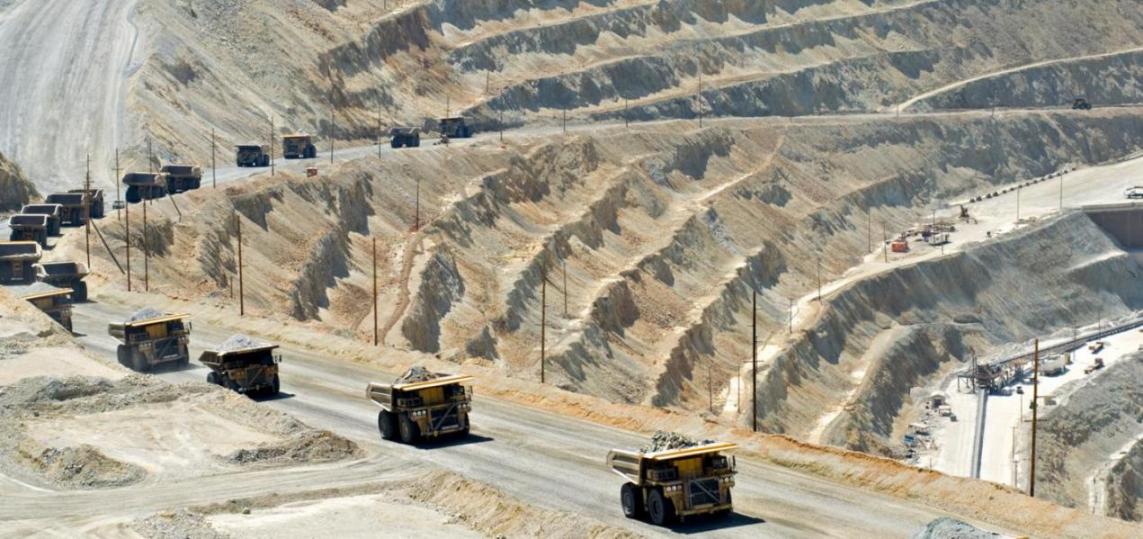The new Iranian year started on March 20 with much promise for the country’s mining and base metals sectors, evident from their solid performance at Tehran Stock Exchange as they have been among the top gaining industries ever since the reopening of the market.
The news of near finalization of the 15% hike in steel import tariffs–a protectionist measure domestic steelmakers have long been calling for–and the anticipation of a recovery in global steel prices, as well as the government’s promises to rejuvenate the construction sector and establish various industrial projects during the new year, have all boded well for investors.
With a range of projects, including sponge iron, pellet, steel and copper plants ready to be implemented this year, the mining industry is set for a strong growth.
The new Iranian year will witness the undertaking of new industrial projects, in addition to some left over from previous years.
Iranian Mines and Mining Industries Development and Renovation Organization, the country’s largest mining holding and the main patron of nearly all large-scale mining projects undertaken in Iran, will be financing and overseeing the schemes.
According to Mehdi Karbasian, the head of IMIDRO, two pellet production plants, each with 5 million tons of annual manufacturing capacity will go on stream this year. The plants are intended to provide steelmakers with the required raw material and help the country become self-sufficient in pellet production.
Karbasian announced that the implementation of five sponge iron production facilities will be finalized this year.
The sponge iron projects are part of the seven provincial steel projects launched back in 2006, when the government decided to set up eight steel plants in different provinces.
All but one of these projects failed to attract private investments due to lack of sufficient feasibility studies prior to the selection of their locations. Therefore, IMIDRO took over 65% of the projects’ shares and started looking for investors.
The seven projects are planned in Sepiddasht in Lorestan Province, Neyriz in Fars Province, Qaenat in South Khorasan Province, Shadegan in Khuzestan Province, Mianeh in East Azarbaijan Province, Sabzevar in Khorasan Razavi Province and Baft in Kerman Province.
Each of the proposed steel projects is expected to produce from 800,000 to 1 million tons of crude steel annually.
The organization’s most important achievement so far has been to attract finances from the Metallurgical Corporation of China, a state-owned enterprise providing metallurgical engineering contractor services worldwide. However, opening the letters of credit delayed the projects by about nine years mainly due to banking restrictions imposed against Iran as part of the western sanctions over Iran’s nuclear energy program.
While infrastructural problems caused by the projects’ inappropriate locations remain unsolved, IMIDRO says Iranian contractors and consulting companies are working to complete the sponge iron units as soon as possible.
Other projects announced by Karbasian include the implementation of South Kaveh Steel factory, with an annual production capacity of 2.1 million tons of steel ingots by the end of June; inauguration of Saba Steel plant with a capacity of 6.1 million tons of sponge iron in the second half of the year; the doubling of Hormozgan Steel Company’s production capacity from 1.5 to 3 million tons of steel per year, as part of agreements signed with Germany’s SMS Group and Italy’s Danieli Company back in 2015; finalization of Madkush pellet-making and Mokran steel projects–located in Persian Gulf Special Economic Zone–with an annual capacity of 2.1 and 3 million tons by the end of June; and doubling Khatounabad Copper Refinery Plant’s production capacity to 200,000 tons of copper cathode per year.


